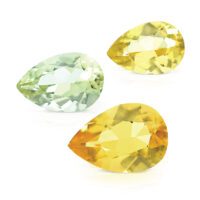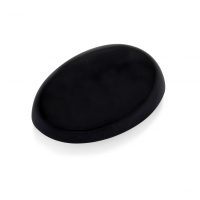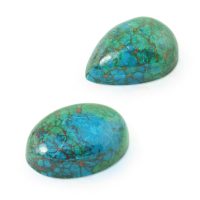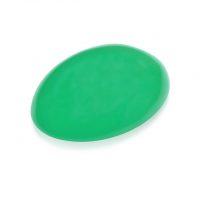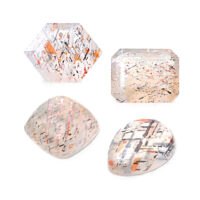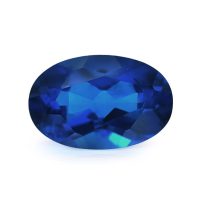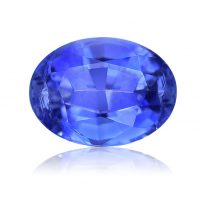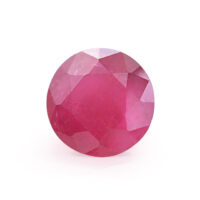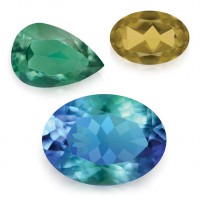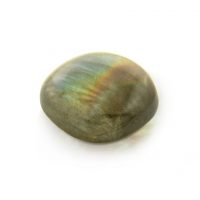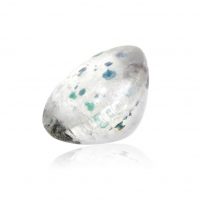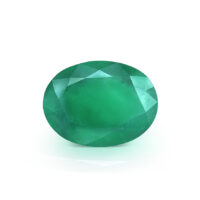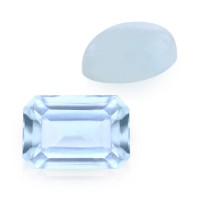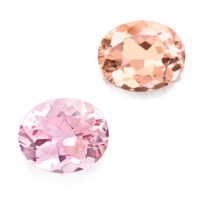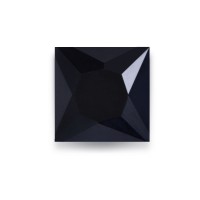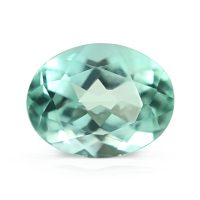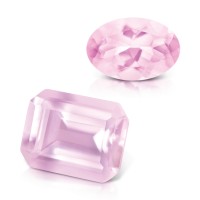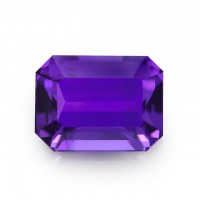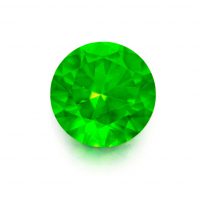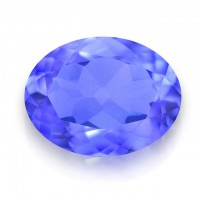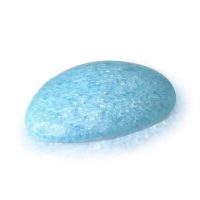

Pink Spinel are beautiful, bright pastel-pink gemstones from Mahenge in Tanzania’s Morogoro Region, an acclaimed deposit for this rare, natural gemstone. One of the gem industry’s best kept secrets, this beautiful gemstone’s public recognition and market impact is limited by Pink Spinel’s low production.
Hardness 8
Refractive Index 1.712 - 1.762
Relative Density 3.54 - 3.63
Enhancement None
Beauty
Pink Spinel are stunningly beautiful, extremely rare gemstones that display bright pastel-pinks, due its single refractivity, with a hint of fuchsia, and excellent transparency.
While Spinel are Type II gemstones, meaning they typically occur with some minor inclusions that may be eye-visible, the standard is eye-clean, the highest quality clarity grade for colored gemstones as determined by the world’s leading gemological laboratories. Understandably, optimal lapidary with an attractive shape and overall appearance, which accentuates Pink Spinel’s inherent brilliance is critical.
Usually cleaner and brighter than Sapphire, Spinel is actually rarer, yet surprisingly, also more affordable; all things being equal, a Pink Spinel will cost much less than a similar quality Pink Sapphire.
Spinel derives its name from either the Latin ‘spina’ (thorn), for its characteristic octahedral crystals or the Greek ‘spintharis’ (spark), in reference to its bright red hues. This is despite the fact that Spinel actually occurs in a plethora of colors, including blue, orange, pink, purple, and red. While Spinel was recognized as a separate gem species in 1587 and scientifically distinguishable from Ruby since 1783, it continued to be confused with Ruby until the 19th century. Both the legendary 352 carat ‘Timur Ruby’ and the 170 carat ‘Black Prince’s Ruby’ in the British Imperial state crown jewels in the Tower of London are in fact, Spinel. Confused due to the proximity of their deposits, similar hardness, and trace amounts of chromium, Pink Spinel and Corundum (Ruby and Sapphire) are actually fairly easy to tell apart. Spinel is singly refractive, while Corundum is doubly refractive. Spinel has scant historical references, but interestingly, they were reportedly used by practitioners of the ‘dark arts’ to summon demons.
Rarity
Spinel’s main sources include Burma (Mogok), Madagascar, Sri Lanka, Tajikistan, Tanzania, and Vietnam. Pink Spinel is from deposits near Mahenge in the Ulanga District of Tanzania’s Morogoro Region. A limestone plateau famed for producing fine Spinel, the gemstone deposits near the town of Mahenge were first discovered in 1989. Pink Spinel is also totally natural, which further increases its rarity.
Durability & Care
Pink Spinel (Mohs’ Hardness: 8) is an excellent choice for everyday jewelry. Pink Spinel should always be stored carefully to avoid scuffs and scratches. Clean with gentle soap and lukewarm water, scrubbing behind the gem with a very soft toothbrush as necessary. After cleaning, pat dry with a soft towel or chamois cloth.
Map Location

Click map to enlarge






